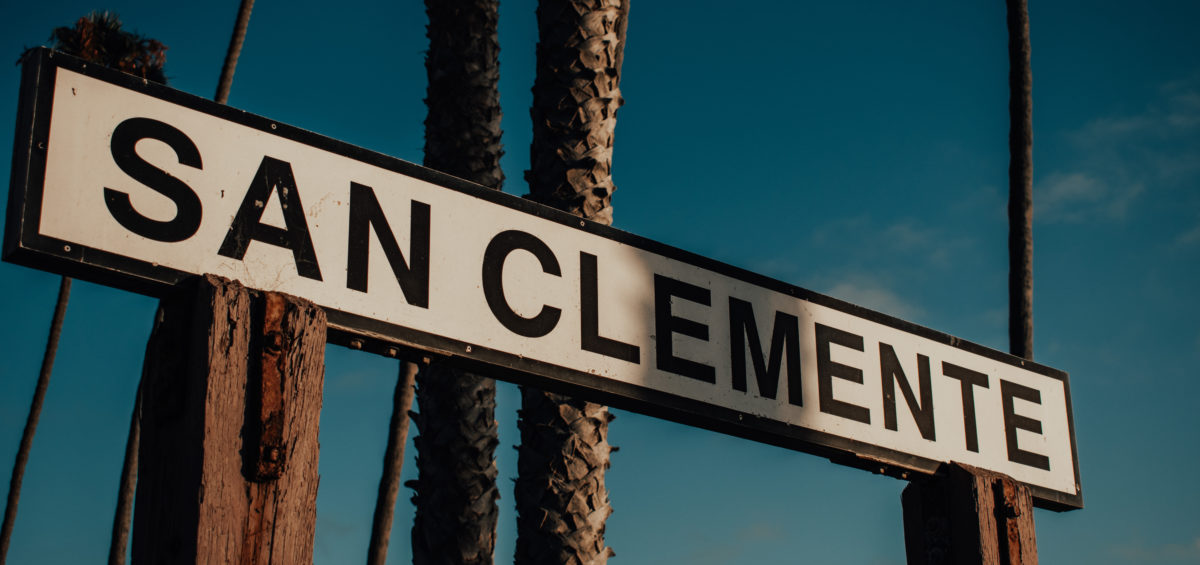It’s obvious that monuments and buildings can be fundamental to a city’s heritage, but would you ever think sidewalks could receive historic protection? That’s the legal claim in San Clemente, California. Red tile sidewalks throughout the Spanish Village by the Sea, a vision commenced by Ole Hansen in 1925, are facing threats by the city and developers.
Despite massive development projects, the city of San Clemente continues to successfully preserve the Spanish Village theme giving the city the unique, small town character historically characterizing it. While simultaneously recognizing the value of this small town character, the city grapples with irreversible, nature changing growth. The pushing and tugging of interests from stakeholders embodies the development process as inevitably camps of pro and anti-growth emerge to voice interests. Details like sidewalk tiles are easy to overlook in these discussions, but city residents have found powerful allies to ensure even these small but important details are accounted for.
One of these allies is the California Environmental Quality Act (CEQA) of 1970. This law prohibits cities from approving projects aimed at demolishing artifacts of historical significance if a reasonable, less impactful alternative is available. What this means for the red tiles of San Clemente is the city would have to find that a developer or property owner’s proposal has no other alternative but to remove the tiles. In the Nov. 5-11, 2015 San Clemente Times, Mike Cotter explains that “in the vast majority of cases, reasonable people operating in good faith would view such findings as extremely hard to believe.” Two reasonable alternatives would include replacing tiles, or rehabilitating damaged sections before resorting to their removal.
The two strongest arguments around this policy have not proven successful in practice. Those arguments are first, that the tiles are not really historic. Despite being able to get around the city’s Designated Historic Resources List, they will still fall under CEQA, a law taken seriously by the state. The second argument is that they’re too expensive. The courts have not proven lenient in past rulings on attempts to cut costs this way. In the case that the city does exercise bad faith and follows through approving such demolitions, the San Clemente Historical Society promises publicity of actions to the community. If legal actions are taken, precedents show the courts willingness to disapprove proposals, placing the responsibility of all parties’ legal fees onto the city.
San Clemente residents have the two allies, the California Environmental Quality Act, and the San Clemente Historical Society, to preserve the historically significant details of the city they love. Knowing the prevailing tendencies of the courts, strength of laws, and having entities that can get the job done proved important to San Clemente residents. Everyone should have access to these when they go before the judge. This is 1 LAW’s aim.




